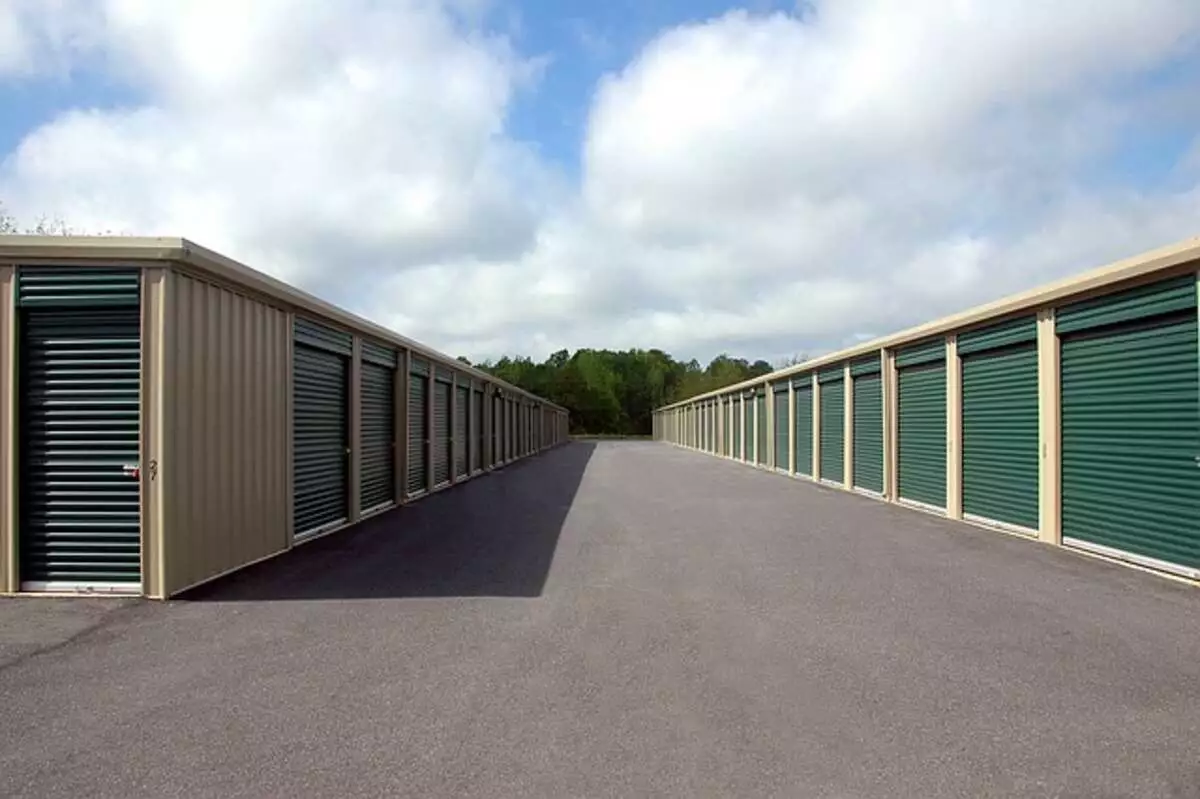

Today, containers are getting heavier and heavier as they are converted into various uses, from residences to computer server storage units and everything in between. About 6,800 pounds, or 21 pounds per square foot, is the average dry weight of a 40-foot container. The poundage per square foot can quickly increase by a factor of eight to ten once it is converted into a small commercial store, a cabin, or even just a storage container or tool container due to the addition of framing materials, drywall, insulation, lighting, HVAC, plumbing, and furnishings and fixtures.
While this is not an extremely high amount, it is enough to warrant consideration when designing the pad or foundation upon which your building would rest. Even an empty or lightly laden container may settle if positioned on an unsuitable foundation or pad, leading to uneven floors and, worse, doors that are difficult to open, close, and lock. Once a container (or any structure) is out of level, the situation will only worsen as more dead loads (building weight) are concentrated at the lowest point. A fully designed foundation design must be included in your submittal package if you intend to build a shipping container home in a location that requires building permits. But if you’re putting in a storage container or cabin or living in a rural area where tickets aren’t necessary, you should get ready to receive your container.
The most spartan container pad consists of a level area excavated to a depth of four inches to create a flat, level surface, onto which two inches of crushed concrete and two inches of 21A crushed limestone are spread and compacted. The binder in both products will keep the pad from separating while letting moisture escape. This method is suitable for storage containers and other applications where you won’t need utility connections or the container is attached to other structures. Still, it will allow the container to move about with the frost.
If you plan to live in the container, hook it up to utilities, or connect it to another structure, a pier foundation is a good idea. You should be able to finish this in a couple of hours if you have access to all the necessary equipment. If you don’t already own a post-hole auger, spend the money to get one. While a 12-inch bit will do the job, a 16-inch or 18-inch bit will get the job done faster and more efficiently. If your soil is sandy, moist, or has been filled in the past, you should use more enormous piers (at least 18 inches in diameter) to ensure the structure’s stability.
So, to begin:
Start by marking the four corners of your container and remembering the 3, 4, and 5 rules to ensure a square design.
Each side of the container needs a pier every ten feet. That’s right; you’ll have ten ports to accommodate a 40-foot container and six to accommodate a 20-footer. Put markers on all of the piers.
If you place the container such that it is centered on the pier, half of the pier’s circumference will be under the container, and the other half will be outside.
You should get a lovely smooth cylinder with a pretty flat bottom if you auger out your holes to the frost level in your location. When you are finished drilling holes, the concrete should be delivered as quickly as possible. If you wait until the morning and it rains, you’ll be dealing with a mess.
Be sure to fill the gaps with concrete. Press a Sonotube or other circular concrete form with a diameter matching that of your hole over the top four to six inches of your concrete and smooth it out.
Use a short two-by-four to screed the concrete level; the tops of your piers must be level to provide the necessary support.
If possible, take more than a day to settle, then carefully place your container atop your piers. You should use hardwood or steel shims rather than softwood shims, which will cause further problems.
The procedures we’ve outlined may appear excessive, but they’re far more accessible than emptying your container, transporting it, and then doing the strategies outlined here. If you put in the time and effort to lay a decent foundation, your container will last for years without any problems.
Visit Containers4Sale.com to learn more about modular shipping container homes and other building projects. Inquire here, and we’ll point you toward the information you require.
Read also: Top 4 HVAC Tips To Keep Your Home Cool And Relaxing This Summer In 2023
Medicare Insurance is a vital resource for millions of Americans, especially those aged 65 and…
Promotions are a cornerstone of the online casino experience, serving as more than just incentives—they…
Bali, often known as the "Island of the Gods," is a destination brimming with natural…
Dental health plays a big role in our overall well-being, but let’s face it—dental care…
If you live in Thibodaux, Louisiana, and are searching for a trusted Thibodaux Medicare Insurance Agency…
Bet90 is an online sports betting platform that offers a wide range of betting opportunities…
This website uses cookies.